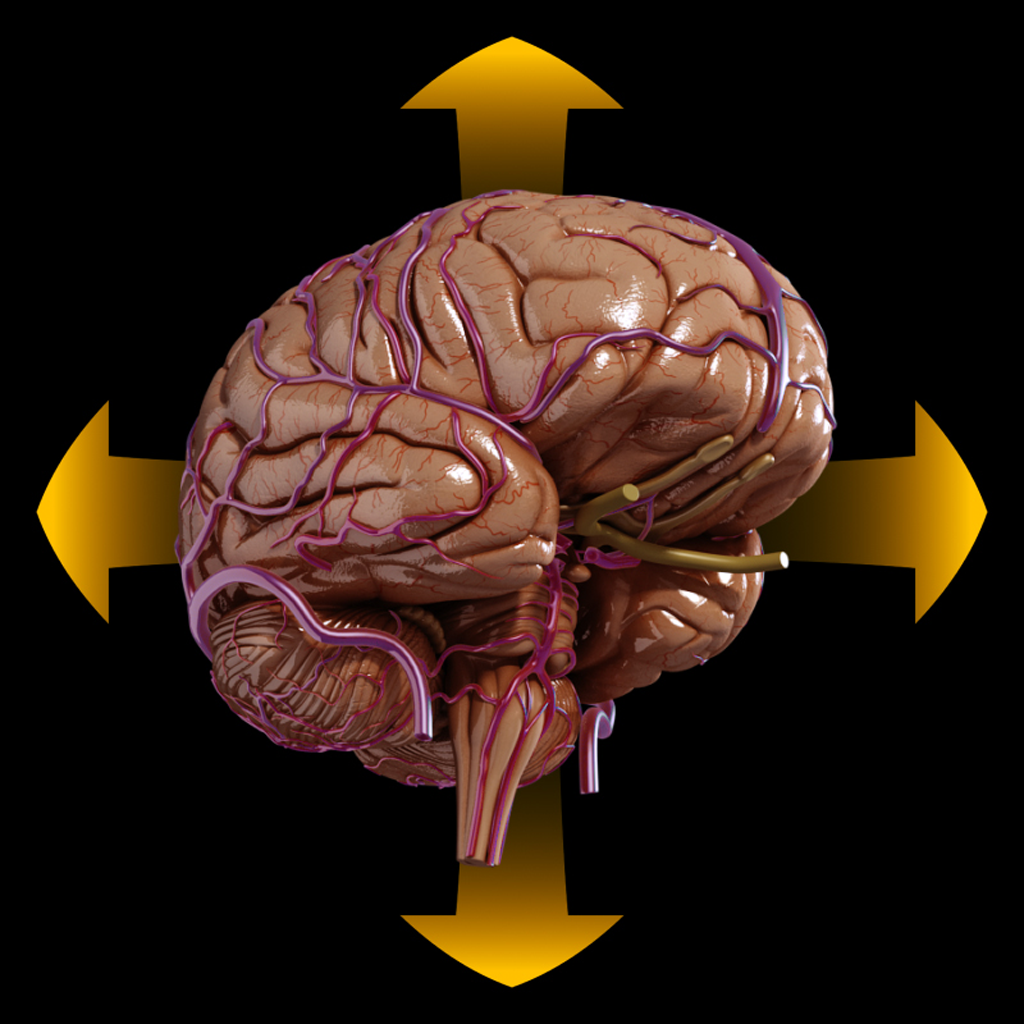

This task is challenging and often inaccurately performed since brain slices often have non-standard slicing angles (Fig. Despite the progress in this field, this pre-step is still done manually by the human expert based on visual similarity.
#3d brain online registration#
With approach (I), prior to the registration step, it is necessary to specify the correct atlas plane matching the histological MBI.
#3d brain online series#
In order to standardize and globalize studies across subjects and different modalities, it is crucial to map the experimental brain data to a common coordinate space (Lein et al., 2007 Oh et al., 2014 Papp et al., 2014).Įxisting mapping methods and tools fall under two major categories: (I) mapping 2D histological mouse brain slice images (MBI) to standard 2D coronal/sagittal atlases (Pallast et al., 2019 Iqbal et al., 2019 Abdelmoula et al., 2014 Piluso et al., 2021 Wang et al., 2022 Majka & Wójcik, 2016) or (II) partial or whole 3D reconstruction of a series of MBIs and then performing 3D-3D registration (Ni et al., 2020 Kim et al., 2015 Wang et al., 2021 Niedworok et al., 2016 Renier et al., 2016 Qu et al., 2022 Jin et al., 2022). Our tool provides a graphical user interface and it is designed to be used by researchers with minimal programming knowledge.Īccurate quantitative and comparative analysis of the anatomical organization of neural circuits of the mouse brain at single-cell resolution is key to elucidate brain functions (Paşca, 2018).

AMBIA provides an intuitive and highly efficient way for accurate registration of experimental 2D mouse brain images to 3D digital mouse brain atlas. By comparing AMBIA’s performance in localization and registration to human ratings, we demonstrate that it performs at a human expert level.

The registration module is built upon the Ardent python package that performs deformable 2D registration between the brain slice to its corresponding atlas. The localization module is a deep learning-based pipeline that localizes a single 2D slice in the 3D Allen Brain Atlas and generates a corresponding atlas plane. AMBIA has a modular design that comprises a localization module and a registration module. Here we propose a computational tool for Accurate Mouse Brain Image Analysis (AMBIA), to map 2D mouse brain slices on the 3D brain model with minimal human intervention. In addition, analysis of experimental mouse brain slices can be highly dependent on the level of expertise of the human operator. Mapping these 2D brain slices is challenging due to deformations, artifacts, and tilted angles introduced during the standard preparation and slicing process. Studying 2D histological mouse brain slices remains the standard procedure in many laboratories. To accurately explore the anatomical organization of neural circuits in the brain, it is crucial to map the experimental brain data onto a standardized system of coordinates.


 0 kommentar(er)
0 kommentar(er)
